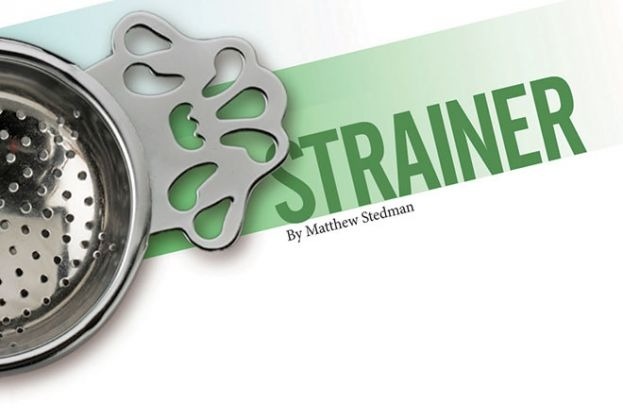From my days selling tea in the UK, some moments stand out in my memory. In one, a lady comes into our shop (a national chain) and takes from the shelf her usual packet of cheap Darjeeling.
The season is Spring. Coincidentally, we have just received a consignment of First Flush Darjeeling from Margaret’s Hope in West Bengal. I’ve only just sampled this new “premium” version for myself. The experience is an epiphany to me (as one who prizes Chinese tea above all others!) The difference between this and the “house Darjeeling” is night and day.
Naturally, I urge my Darjeeling customer to (at least) try the superior Darjeeling.
Her response makes some sense to me. She says something like, “I don’t resent your attempt to up-sell me the expensive tea. I think it very likely that what you say is true. If I take your free sample, I imagine that – like you – I will find this version over 300% better. Probably I will buy it. “And that’s why I’m not even going to try. I know that if I drink this one today, I will forever be spoilt for my usual Darjeeling.”
- Coffee Cherry Tea
- Sichuan Green, the Superior Tea?
- Japanning; the Lustre of Shanghaied and/or Press Ganged
It’s a very legitimate concern; our palates might be re-calibrated upward, leaving us unable to satisfy our new “expensive taste” nor enjoy our “old favourites” ever again. Aside from price, she may also have worried about the future availability of the rarer tea.
Now, let’s say you follow Strainer’s advice, and you go to a Nanjing tea shop looking for one of the varieties mentioned in these pages – say, Anji Baicha (安吉白茶). Almost certainly, the seller will offer you several different grades of the same variety to try.
According to the above rationale, your approach should be to start with the cheapest one offered, only moving up the scale if you find the results truly undrinkable. Resist their cynical price bracketing strategy if you can!
In reality, of course, this approach takes super-human discipline. And I am now going to suggest why I think tea isn’t suited to such caution.
Enjoying tea is about chasing flavours. Chasing begins in the tea shops but doesn’t finish there. Brewing tea is about privileging the outstanding notes of the genus and suppressing the ‘off’ notes.
Drinking an outstanding tea can help point the way towards desirable notes also present (albeit less pronouncedly) in lesser teas.
There’s always a place for an everyday tea. When the faint echo of a flavour transports us back to the first or best example we ever tried, it’s not just disappointment we feel.
Meanwhile, trying only the very cheapest samples may blind us to the essential charms of the variety; it’s not simply about ‘fakeness’; it’s that emulating leaf colour, size, etc. may have taken priority over taste.
Recognising and internalising a desirable taste-picture can make both brewing and sourcing easier. Whether you are a person who thinks of beauty as the absence of blemishes or as an adventure in complexity, I recommend opening your palate to every offer.
I just wish that was what I had said to my customer.









